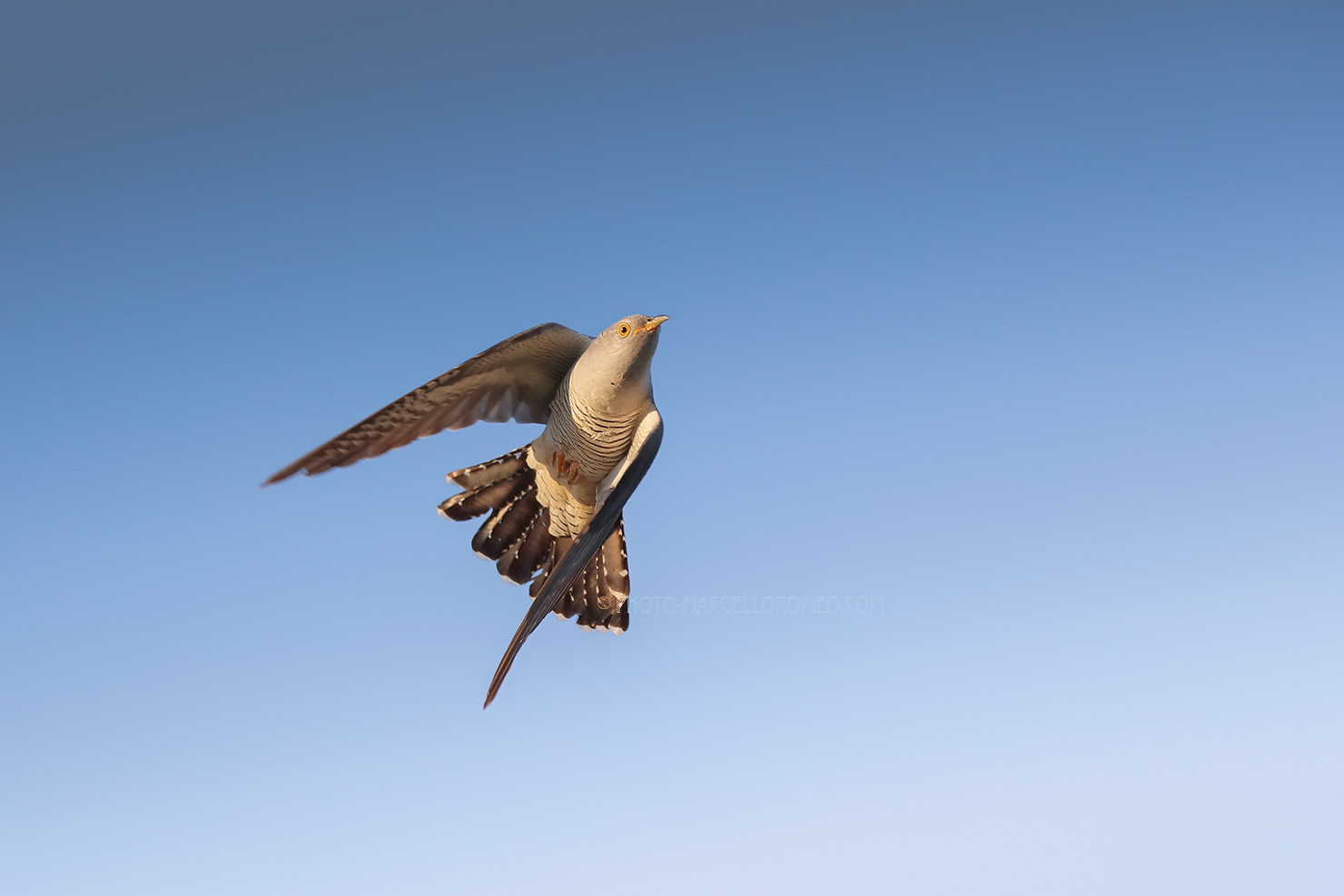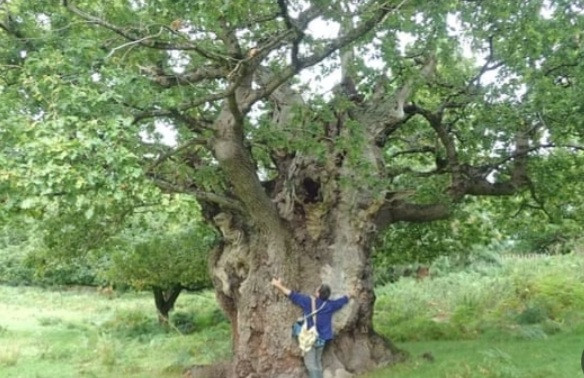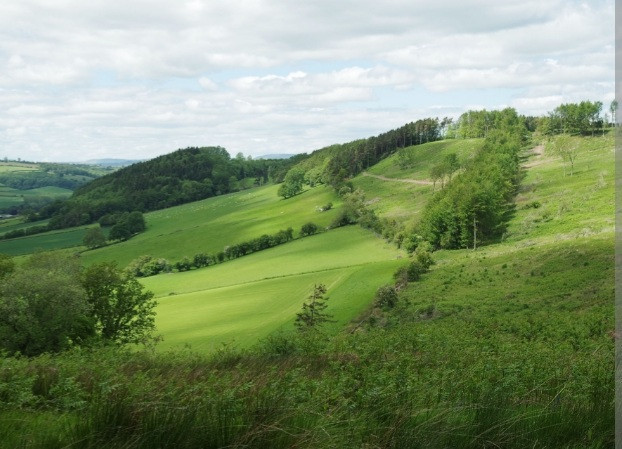Charger images
Les formats d'image autorisés sont de type jpeg, png ou gif
La taille maximale du fichier doit être de 20MB



One square mile of ancient woodland with limited public access, see below for details.
Moccas Deer Park is an attractive ancient habitat with over 200 species of lichen and fungi, 13 bat species. Usual woodland birds eg Coucou gris, Pipit des arbres, Grimpereau des bois, Faucon pèlerin, Épervier d'Europe, Bécasse des bois, Pigeon colombin, Tarier des prés, Tarier pâtre, Rougequeue à front blanc, Pouillot siffleur, Linotte mélodieuse and Pinson du Nord. For a full list click on the link below, click search and key in 'Moccas deer park'.
The reserve is important for invertebrate groups, particularly diptera (flies) of which nearly 1000 species have been recorded. Of particular importance are the endangered and UK Biodiversity Action Plan (BAP) priority species, English assassin fly (Empis limata) and the Western wood-vase hoverfly (Myolepta potens), which has only been found at one other site in the UK. The open water on site supports a number of dragonflies and damselflies.
There have been 13 species of bat recorded in recent years, including the Priority BAP species barbastelle (Barbastella barbastellus), Bechstein’s bat (Myotis myotis), brown long-eared bat (Plecotus auritus), lesser horseshoe bat (Rhinolophus hipposideros), noctule (Nyctalus noctula) and soprano pipistrelle (Pipistrellus pygmaeus).
On B4352 west of Hereford, one mile south of Bredwardine. Bus from Hereford or Hay on Wye passes to south of reserve, alight at Dorstone. Note: Access by permit only. To apply, call 01299 400686 or email tom.simpson@naturalengland.org.uk. Permit will include permission to park.
Votre feedback sera transmis à l’auteur.rice de cette zone et à l’équipe éditoriale de Birdingplaces, qui l’utiliseront pour améliorer la qualité des informations. (Vous souhaitez publier un commentaire visible en bas de page ? Fermez cette fenêtre et choisissez l’Option 1 : « Publier un commentaire, un conseil ou une observation ».)
Veuillez fournir des suggestions d'améliorations ou d'ajouts au texte de ce site ornithologique.
Veuillez fournir vos suggestions d'améliorations ou d'ajouts à la carte.
Veuillez fournir des suggestions d'améliorations ou d'ajouts à la liste des oiseaux.
Cliquez sur l'icône de l'oiseau () Insérez les noms d'oiseau dans votre langue. Ils seront automatiquement traduits pour les autres usagers !